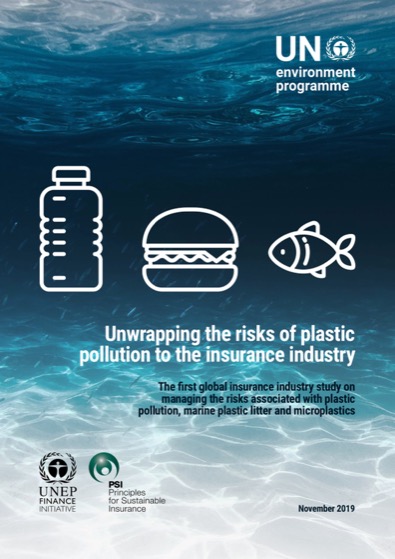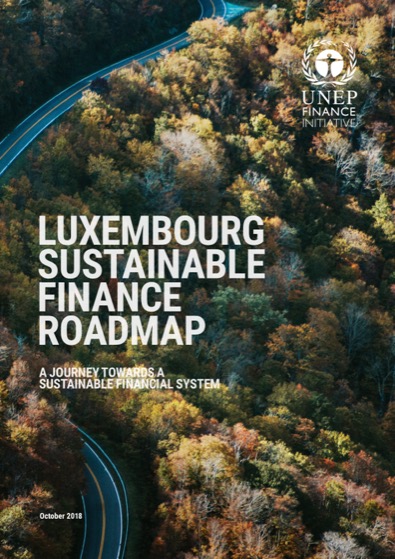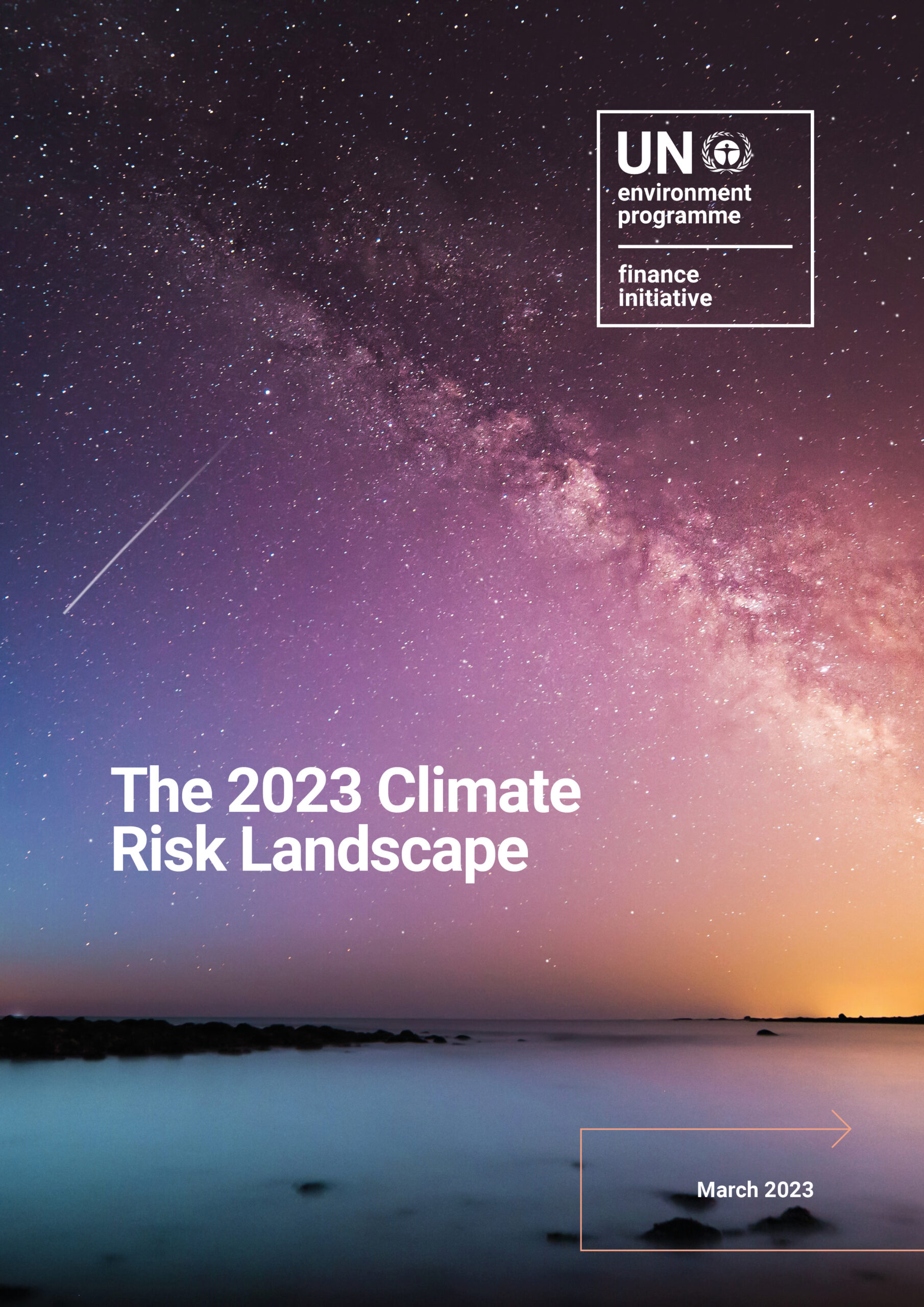“The Fog of Uncertainty: How Air Pollution Threatens to Clear the Way for Higher Insurance Costs”
As the world grapples with the devastating consequences of climate change, one often-overlooked yet insidious threat is lurking in the shadows: air pollution. The air we breathe is slowly turning toxic, with far-reaching consequences that extend beyond our health and wellbeing. But what about our wallets? The increasing prevalence of polluted air poses a significant risk to insurers, who are now facing a perfect storm of rising medical costs, escalating property damage claims, and potentially crippling losses.

Challenges and Opportunities in Expanding Liability Insurance Markets

Environmental pollution liability insurance, although not a novel concept, has yet to reach its full potential in addressing both traditional and emerging environmental risks. The expansion of this market presents a dual challenge and opportunity for the global insurance industry. Challenges arise from the complexity and unpredictability of environmental risks, which can span from localized incidents to global phenomena like climate change. These risks require a nuanced understanding and adaptation of traditional insurance models. Opportunities, however, lie in the potential to innovate and create new insurance products that can better protect policyholders and contribute to environmental sustainability.
According to the UNEP FI’s study on environmental pollution liability insurance, the market’s expansion hinges on several key factors. These include appropriate legal and regulatory frameworks, enforcement of environmental protection laws, loss prevention measures by companies, and the availability of high-quality environmental pollution data. By addressing these elements, insurers can create a robust and effective insurance market that not only protects but also incentivizes sustainable practices.

Strategies for Insurers to Address Environmental Risks
Developing Sustainable Insurance Practices
Insurers can develop sustainable insurance practices by integrating environmental, social, and governance (ESG) criteria into their underwriting and investment decisions. This practice not only aligns with the UNEP FI’s Principles for Sustainable Insurance (PSI) but also helps in identifying and managing risks associated with environmental pollution and climate change. For instance, insurers can offer premium discounts to companies that demonstrate strong environmental management policies, thereby encouraging sustainable business practices.

Collaboration and Innovation for Pollution Prevention
Collaboration between insurers, government bodies, and environmental organizations is crucial in fostering innovation for pollution prevention. By working together, these stakeholders can create innovative insurance products and risk management strategies that address the complexities of environmental pollution. For example, insurers can partner with environmental consultants to develop tools that accurately assess and mitigate pollution risks, providing better coverage and financial protection for policyholders.

Risk Mitigation and Sustainable Future
Implementing Risk Reduction Measures
Risk reduction measures are essential for insurers to effectively manage the financial risks associated with environmental pollution. Insurers can leverage advanced technologies, such as remote sensing and predictive analytics, to monitor environmental conditions and predict pollution events. By integrating these technologies into their risk assessment and management processes, insurers can offer more precise and reliable insurance products. For instance, the use of satellite imagery and real-time data can help insurers quickly identify areas at high risk of pollution, enabling proactive risk management strategies.

Supporting the Transition to a Sustainable Economy through Insurance
Insurance companies can play a pivotal role in supporting the transition to a sustainable economy by promoting risk management and resilience-building among their clients. By offering insurance products that reward sustainable practices and penalize environmentally harmful activities, insurers can influence corporate behavior towards more sustainable outcomes. For example, AXA, one of the leading insurers globally, has launched several initiatives aimed at supporting the transition to a low-carbon economy, including a commitment to divest from coal and invest in renewable energy projects.

Impact on Insurers and Policyholders
Financial Implications for Insurers
The financial impact of environmental pollution on insurers is significant and multifaceted. Insurers face increased costs due to the rising frequency and severity of pollution-related claims. In response, insurers must adapt their risk assessment models and pricing strategies to reflect the true cost of environmental risks. Additionally, insurers can leverage the PSI framework to manage their own operational risks and contribute to a more sustainable financial landscape. This includes adopting sustainable investment practices and integrating ESG criteria into their investment portfolios, as seen in the case of Aviva, which has committed to achieving net-zero carbon emissions from its investment portfolio by 2040.

The Role of Customers in Driving Sustainable Insurance Practices
Policyholders play a crucial role in driving the adoption of sustainable insurance practices. As awareness of environmental risks and sustainability increases, customers are becoming more selective, often favoring insurers that prioritize sustainability. This shift in customer preferences provides a strong incentive for insurers to adopt sustainable practices and develop products that align with customer values. For example, a survey by the World Economic Forum found that 63% of consumers are more likely to purchase insurance from companies that demonstrate a commitment to sustainability. This trend underscores the critical role of customer demand in shaping the future of the insurance industry.
Case Studies and Industry Perspectives
Insights from Leading Insurers on Climate Change and Pollution
Leading insurers have taken significant steps towards addressing climate change and pollution, providing valuable insights for the industry. For instance, Swiss Re, a global reinsurance company, has launched the “Swiss Re Institute” to conduct research on climate-related risks and sustainable practices. The institute’s findings and recommendations are used to inform the company’s underwriting and investment strategies. Similarly, Munich Re has established a specific unit dedicated to climate-related risk management, demonstrating a strategic approach to addressing environmental risks within their business operations.
Lessons Learned from Global Insurance Practices
Global insurance practices offer valuable lessons for managing environmental risks. An example is the European Union’s Solvency II Directive, which includes provisions that encourage insurers to consider environmental risks in their risk management and investment strategies. This directive has prompted many EU-based insurers to incorporate sustainability criteria into their operations, illustrating the impact that regulatory frameworks can have on industry practices. Additionally, the insurance industry’s collaboration with environmental organizations, as seen in the UNEP FI’s PSI initiative, has led to the creation of practical tools and resources that help insurers better assess and manage environmental risks.
Conclusion
The Dark Side of Clean: How Polluted Air Threatens Insurers
The article delves into the alarming reality of the world’s polluted air, which poses a significant threat to the insurance industry. The consequences of air pollution are far-reaching, affecting not only human health but also the economy and the environment. Key points discussed in the article include the estimated 7 million premature deaths worldwide attributed to air pollution, the increasing prevalence of respiratory diseases, and the economic costs associated with air pollution.
The significance of this topic lies in its far-reaching implications for the insurance industry. Air pollution can lead to increased claim frequencies and costs, as well as reduced policyholder satisfaction and retention. Furthermore, the economic costs of air pollution can be substantial, equivalent to up to 1.2% of global GDP in some cases. The article also highlights the need for insurers to adapt to the changing landscape, investing in climate-resilient policies and proactive mitigation strategies.
As we navigate the complexities of a rapidly changing world, it is essential that insurers prioritize the health and well-being of their policyholders. The article serves as a wake-up call, urging insurers to take a proactive stance against the rising specter of polluted air. By doing so, insurers can not only protect their policyholders but also contribute to a more sustainable future. As the article concludes, “The air we breathe is not just a right, but a responsibility – and insurers must take responsibility to safeguard our health, our economy, and our planet.”



Add Comment